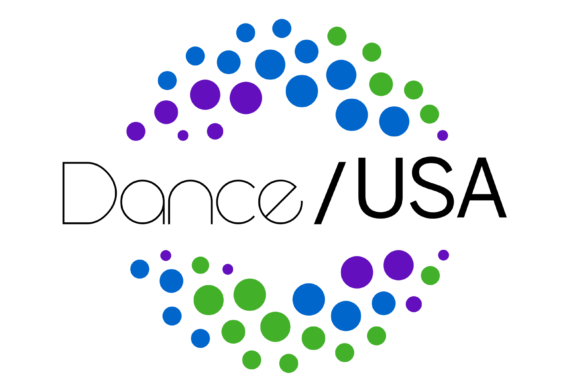Copyright Basics for Dance Works
The creator of a dance work does not always own the copyright. This often comes as a surprise to the dance artist who has created the dance work or piece. In some cases other persons or entities own the copyright. In dance this can come back to bite a choreographer
Mother May I … Dance? Copyright, Fair Use, and Dance
One of the rights the owner of copyright possesses is the right to reproduce or to authorize others to reproduce his or her work in copies. However, this right is subject to certain limitations found in sections of federal copyright law. This article serves as a primer for dance artists and the area of fair use.
Music Grand Rights Clearance Request Template
A sample letter to aid in requesting music rights from publishers and/or composers.
Finding an Anchor with a Mentor
A mentor can also help you be less reactive and more strategic in planning how you need to move forward and not be coerced continuously by what seems best, but may not be best for you and your company’s mission.
Being a Mentor: Expanding the Reach of the Art Form
Finally, I wish someone had explained to me that it is always, especially initially, more difficult for artists to stay true to their individual creative visions than to adopt a herd mentality and be a member of an artistic clique.
Reconsidering the Artistic Director Model: Dance Company Looks to Past To Get to Future
Rather than employing a new, permanent artistic director to shape the company’s artistic footprint in the dance world, Morphoses is planning to reemerge this fall without a permanent artistic director.
Gaining Traction (or the Slip ‘n Slide), Part 2
While many communities offer anchor festivals, residencies, and commissioning programs to which choreographers may apply, among other ongoing opportunities, dance makers across the country indicate that self-producing can be beneficial for gaining traction at any time in one’s career. But, many warned, it must be well examined and timed. It is a misperception that self-producing occurs only early in a choreographic career as a step to being fully presented. In the present climate, a lot of DIY energy is circulating, particularly due to the stifled economy. This results in alternative venues and channels from which to launch new works.
Gaining Traction (or the Slip ‘n Slide) – Part 1
Warning to choreographers: hard work ahead. Yet, those who sign up to make dances are usually aware of the ongoing rigor involved on this path. For some artists, the mere question of how to gain traction draws silence, sighs, and even laughs, reflecting the challenging and individualized trajectory of choreographers. Illuminating current possibilities, a handful of voices from across the country share what has proved relevant to making progress and gaining momentum for creating new works in today’s challenging dance climate. Drawing from experiences of dance professionals and artists operating in solo, project-based, and company structures, Part 1 mines the personal qualities, practices, and DIY ethos of choreographers, and Part 2 (coming Thursday) addresses the role of artistic self production in the mix of platforms for delivering dance.
Prepare for Arts Advocacy Day 2011
On April 4 and 5, 2011, approximately 450 artists, arts administrators, philanthropists, and corporations will descend on Washington, D.C., for the 24th Arts Advocacy Day (AAD). Coordinated by Americans for the Arts, this year’s AAD occurs during intense budget debates, as legislators are making crucial spending decisions in an effort to reduce the national debt. This year, several key issues are at stake, including funding for the National Endowment of the Arts and Arts in Education programs.


Shifting Landscapes: 3 Impact Points of Technology on the Future of Dance
Audience expectations have changed. People are no longer as receptive to being talked at. Audiences want to have conversations. They expect a certain level of interaction and two-way communication.